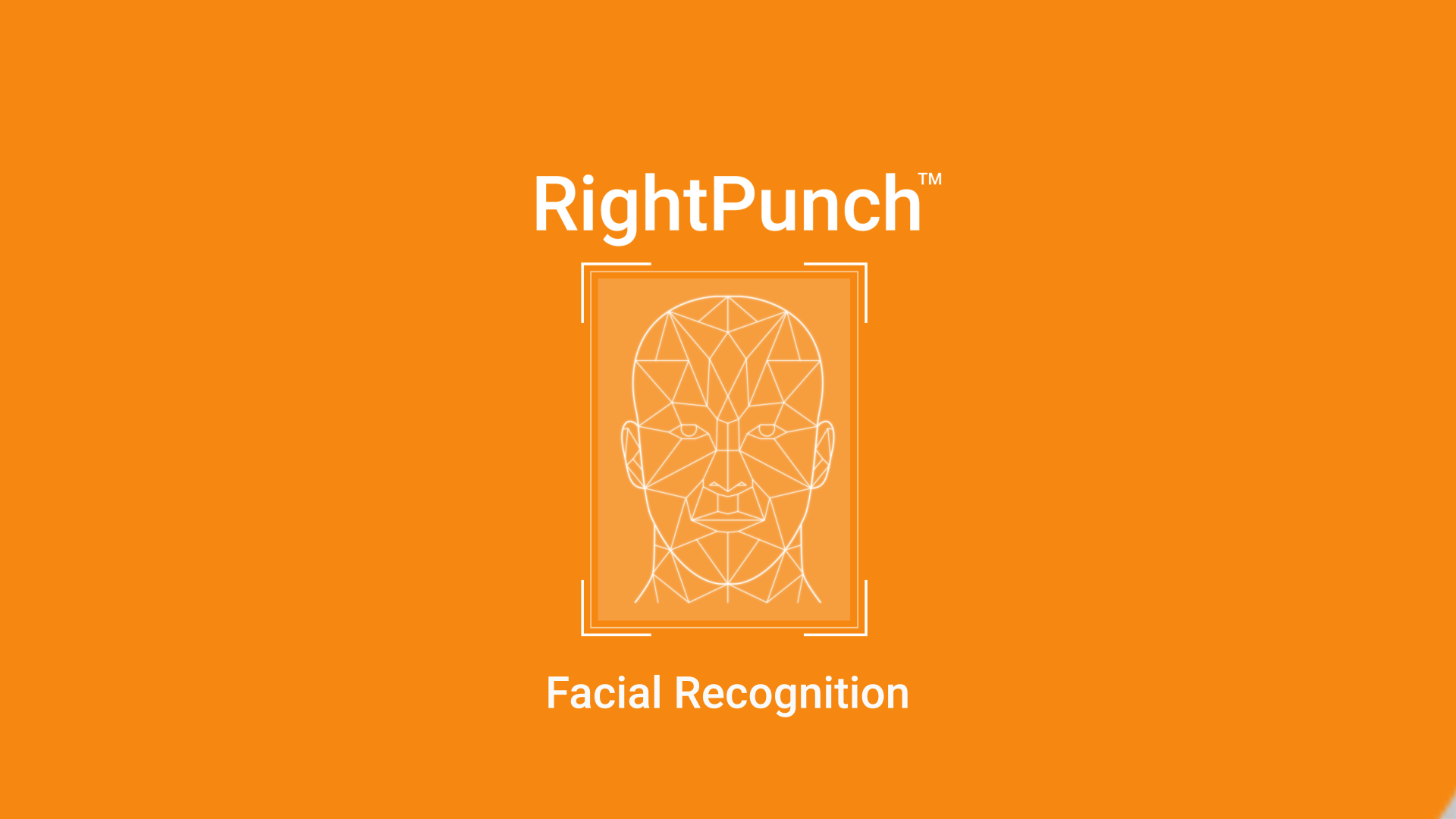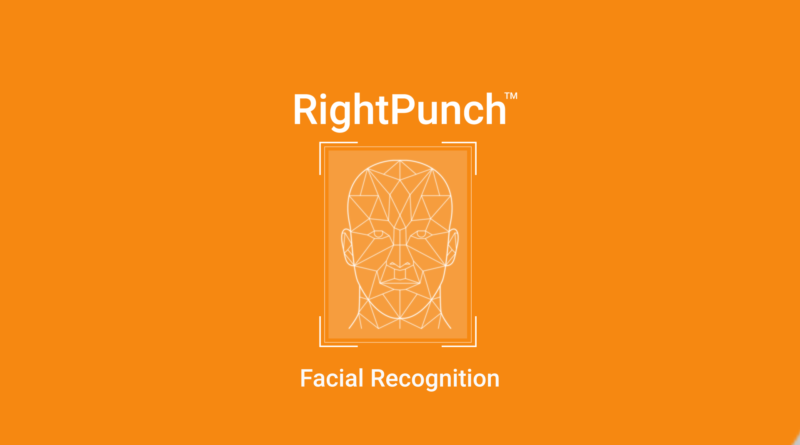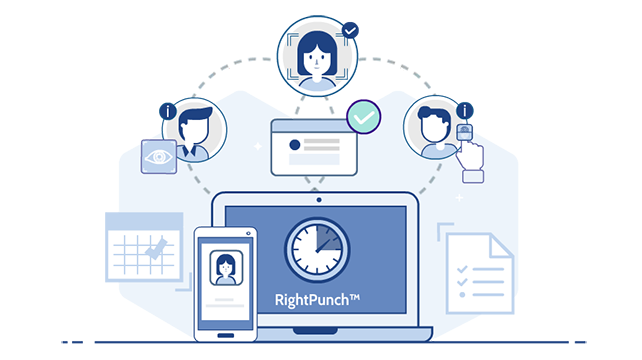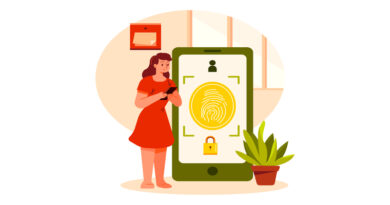Biometric Identification for Workforce Management

Biometric identification for workforce management is on the rise. As the second decade of the 21st century is ending, the majority of companies are striving to take advantage of the latest technologies.
Biometric authentication employs special equipment to scan face, fingerprints or iris to confirm the worker’s identity. Businesses use biometrics to allow employees to log into computers, open doors, clock in/out or access data stored in the cloud.
According to Spiceworks, by the time 2020 comes, 86% of companies will use biometric identification for different purposes, including workforce management.
What is Biometric Identification for Workforce Management?
Biometric technologies have been around for many years. But until fairly recently, fingerprinting has mostly been used by police officers. They recorded fingerprints, added the information to a database, and then cross-referenced it with what they found on the crime scene. Fingerprinting has been in use since the 19th century. Today, having unique prints started opening many doors. Literally.
A couple of years ago, an average smartphone owner used fingerprints to ensure the security of the device. You could record the fingerprints with the phone and use them to gain access to the gadget without remembering PIN. Newer models offer facial recognition to replace fingerprint technology. Now you don’t need to touch the phone for it to start working. All you have to do is look at it at the right angle.
Using biometrics is much more secure than entering passwords or PIN since it’s tough to hack. Stealing passwords is easy. Meanwhile, stealing fingerprints is impossible. Humans have unique fingerprints and faces, which can’t be hacked or stolen. However, according to IT specialists at Firewall Technical, facial recognition software on smartphones still has a couple of loopholes. Meanwhile, when these technologies are designed for workforce management, they are much more efficient and secure.
With biometrics, you can set access levels for each user, make special areas of your facility restricted, facilitate the clocking process, and much more.
A variety of benefits biometric identification offers for workforce management is impressive. Let’s look at a few of them.
1. Accurate Clocking
Inaccurate in/out clocking has been an issue many employers struggled with. From improper use of devices to cheating, dealing with this problem has been frustrating for managers and CEOs for decades.
Biometric time and attendance option doesn’t leave much room for an error. Workers can efficiently clock in and out without a supervisor checking if everything went through fine. Meanwhile, security isn’t an issue with biometrics since fingerprint copies aren’t stored on the terminals, thus not being available to potential hackers.
Using fingerprints, iris, and face scans can help you say goodbye to inaccurate clocking so employee hours are measured by the second. Biometrics reduces errors in payroll matters. Employers don’t overpay while employees don’t get underpaid. Everyone wins.
2. Fully Controlled Access
Biometrics can help you increase the security of your worksite by restricting access to anyone who doesn’t pass the scan. Easier security management means less spending on additional staff.
You can also use biometrics to restrict employee access to prohibited areas. By installing scanning terminals on doors, you can decide who passes through and who doesn’t. This is especially useful for offices or laboratories with sensitive equipment, which are frequented by clients. While it’s impossible to restrict them from entering the building, you can make sure they don’t attend certain facilities without authorization.
Such an approach to controlled access eliminates the need for signing papers, thus reducing paperwork tremendously while minimizing typos.
With biometric identification, employees don’t have an opportunity to borrow cards from each other to access areas they aren’t authorized to attend. Meanwhile, the problem of “buddy clocking” is fully eliminated.
These technologies can help defeat errors, fraud, and security problems.
3. Competitive Advantage
Even though biometric identification has been around for a while, some companies prefer to save money and avoid new technologies. That’s why biometric terminals can give you a competitive advantage. By using biometric authentication, you don’t just attract clients, who are looking for technologically-savvy companies, you can appear appealing to top-notch specialists for hire.
For example, some American, Indian, and Australian airports are already using biometrics to help travelers go through passport control without assistance from human staff. As a result, staff costs are substantially decreased while the waiting times are reduced.
The convenience of biometric authentication may lead to people choosing one airport over another. The same is likely to happen for other businesses that take advantage of this solution for workforce management and beyond.
4. Saving Time
One of the key benefits of biometric technology implementation for workforce management is the time it can save. You can integrate the identification in different tasks that your employees work on daily.
It’s possible to use this technology directly through mobile tech and apps. So employees can scan fingerprints, eyes, and faces into a time management app. This can save time on clocking in and out because it can be done “on the go”.
Imagine how much time your employees would save if they didn’t have to wait in line to get access to the clocking terminal.
Typing a password takes much more time than scanning fingerprints or faces. If you save 30 seconds for each employee every day, imagine how much time you can save in a month. Since time is money, biometric identification is highly cost-efficient.
Final Thoughts
Biometric identification in workforce management is gaining momentum. It can increase security, save time, and improve employee and client satisfaction. By taking advantage of the latest biometric technologies, you can gain a competitive advantage and simplify your work process.













